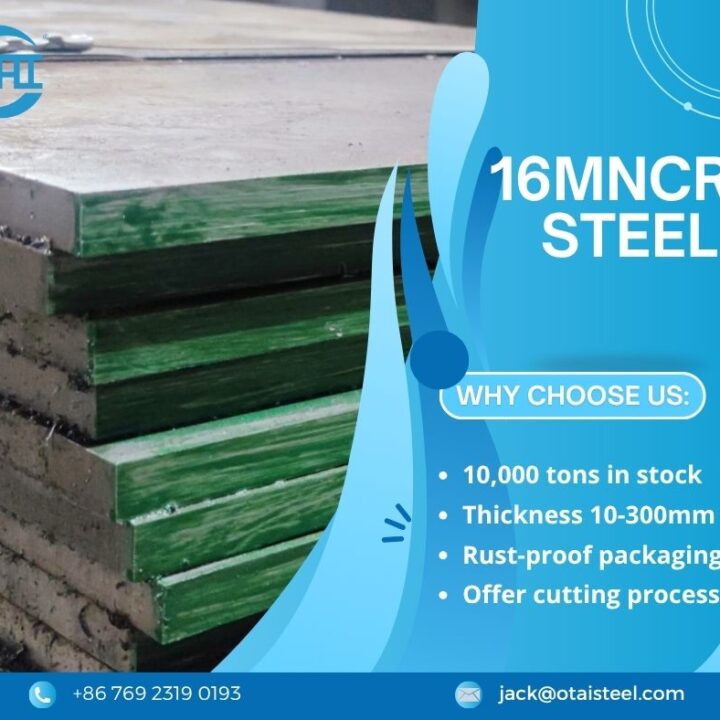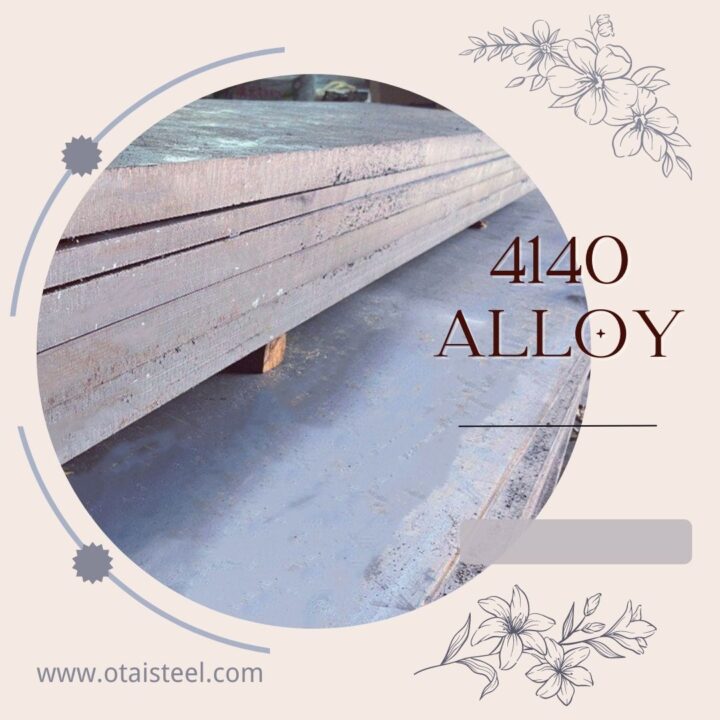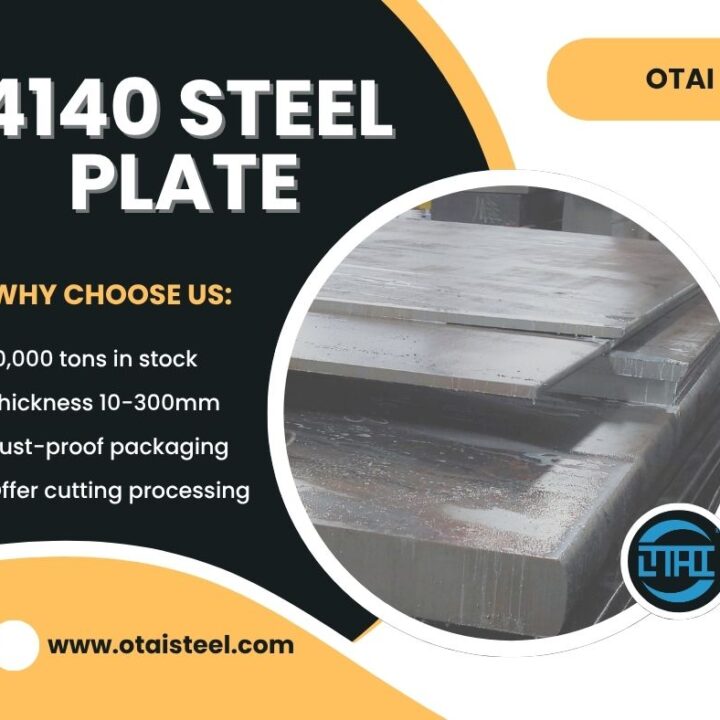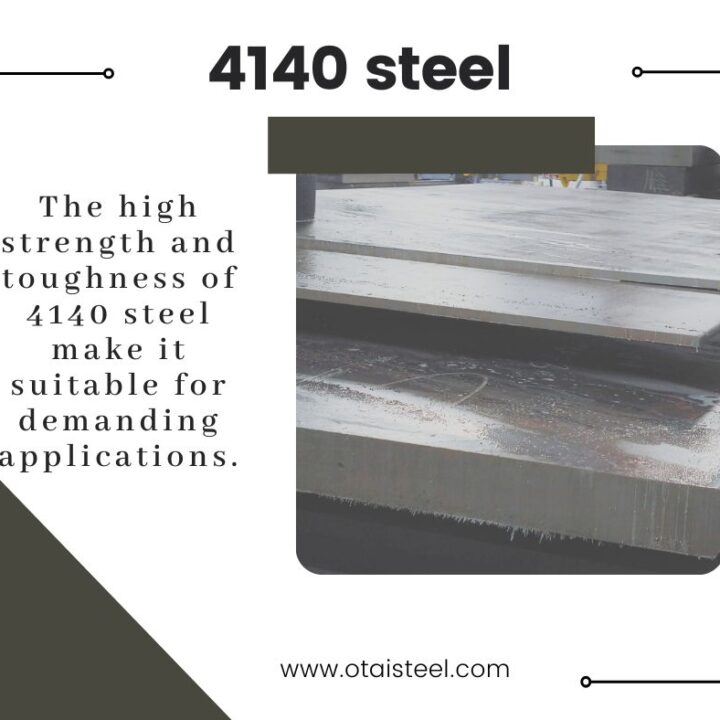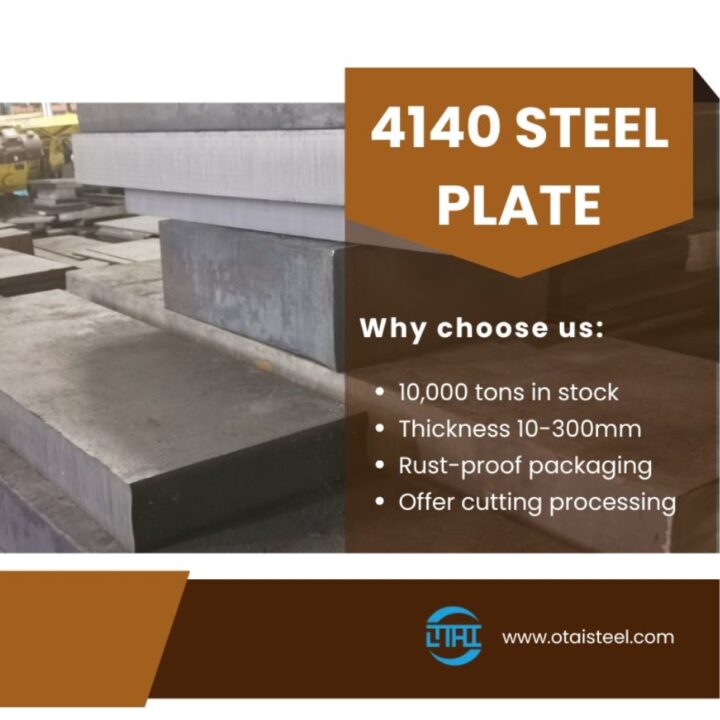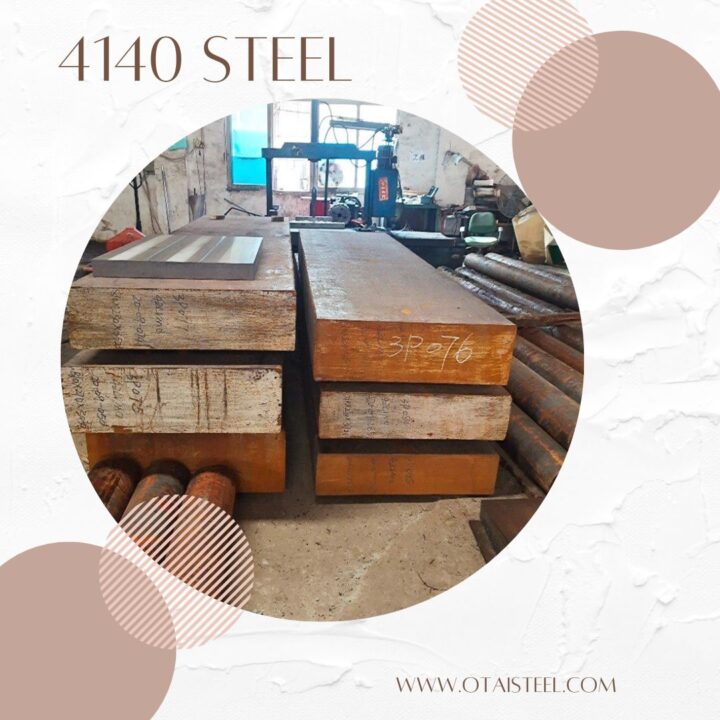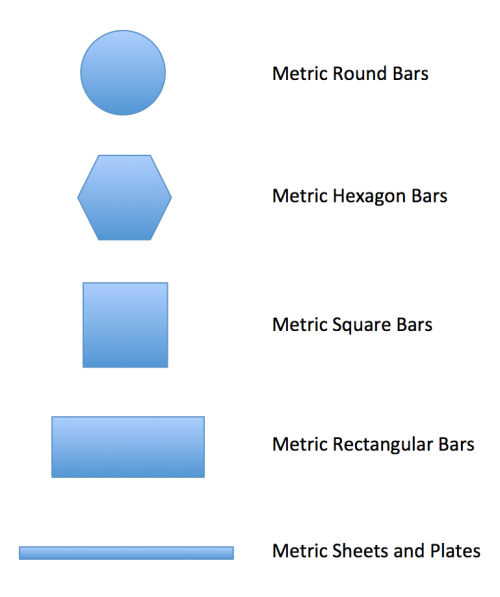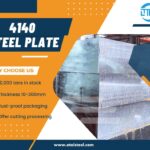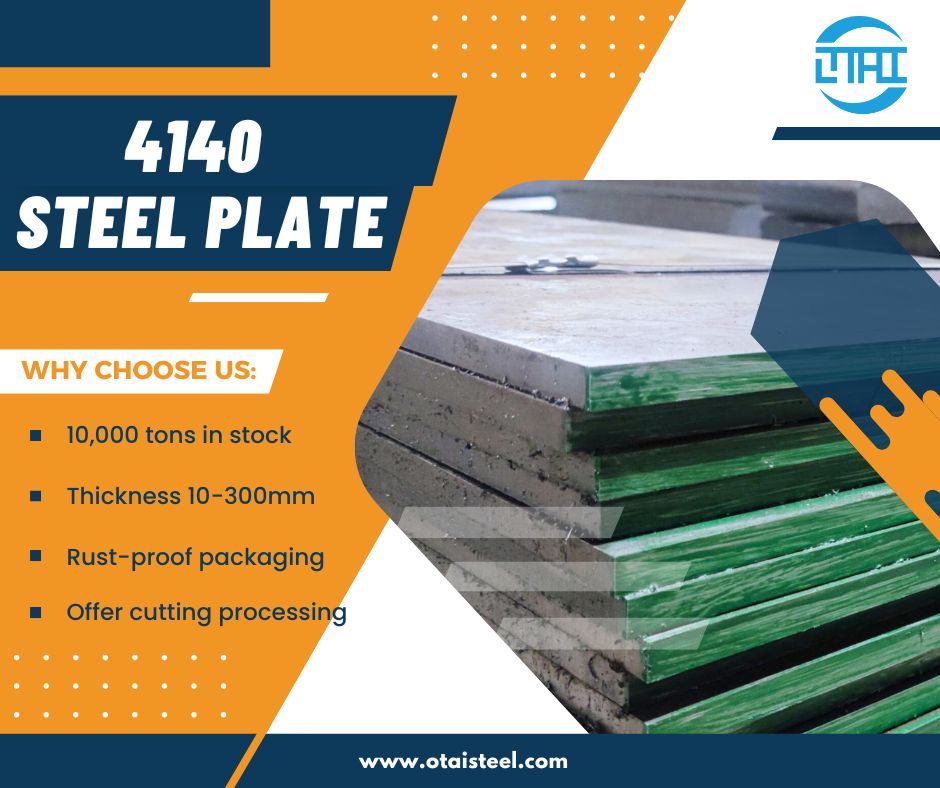 4140 Steel Microstructure: Microstructure Matters More Than You Think
4140 Steel Microstructure: Microstructure Matters More Than You Think
When you think of 4140 steel, you might first recall its impressive strength and wear resistance—but have you ever wondered why it behaves the way it does? The secret lies in its microstructure. 🧬 Whether you’re a design engineer, toolmaker, or material supplier, understanding the microstructure of 4140 steel after heat treatment can make all the difference when selecting or processing this versatile alloy steel.
Let’s dive deep into what really happens at the microscopic level of 4140 steel, how different heat treatments affect its structure, and why these changes matter for real-world applications. 🕵️♂️
🏗️ What’s in the Microstructure of 4140 Steel?
4140 is a chromium-molybdenum alloy steel with the following typical chemical composition:
| Element | Content (%) |
|---|---|
| Carbon (C) | 0.38 – 0.43 |
| Chromium (Cr) | 0.80 – 1.10 |
| Manganese (Mn) | 0.75 – 1.00 |
| Molybdenum (Mo) | 0.15 – 0.25 |
| Silicon (Si) | 0.15 – 0.30 |
In its annealed condition, the 4140 steel annealed microstructure mainly consists of ferrite and pearlite. This soft structure is ideal for machining but lacks strength. However, once heat treated, things change—dramatically.
🔥 Heat Treatment and Microstructure Evolution
🧪 Normalizing
During normalizing (air cooling from the austenitizing temperature), the normalized 4140 steel microstructure forms fine pearlite and ferrite. This results in more uniform mechanical properties and better toughness compared to the annealed condition.
❄️ Quenching and Tempering
The most common industrial treatment is quenching and tempering. Upon rapid cooling (quenching), a hard and brittle martensitic structure forms. To reduce brittleness, it’s tempered at a specific temperature, giving us tempered martensite—a balanced combination of toughness and strength.
The quenched and tempered 4140 steel structure is what gives this alloy its reputation for performance in gears, shafts, bolts, and tools.
🔎 4140 Steel Microstructure Under the Microscope
If you were to look at 4140 steel microstructure under a microscope, you’d see very different patterns depending on the treatment:
-
Annealed: Large ferrite grains with visible pearlite colonies.
-
Normalized: Refined grain structure with evenly distributed pearlite.
-
Quenched: Needle-like martensite—very hard, but brittle.
-
Tempered: Rounded tempered martensite + some retained ferrite, depending on temperature.
The 4140 steel grain structure plays a vital role in determining impact strength, fatigue resistance, and machinability.
🧠 Why Microstructure Matters in Real Applications
Let’s take a look at some real-world examples where the effect of heat treatment on 4140 steel microstructure becomes critical:
⚙️ Gears and Shafts
In heavy machinery, surface-hardened 4140 components (e.g., via induction hardening or flame hardening) require a strong martensitic layer with a tough core. Without the right tempered martensite in 4140 steel, the part might crack under stress.
🛠️ Tooling Components
Tools like punches and dies need wear resistance. Heat treating them to a martensitic microstructure increases surface hardness while maintaining a ductile inner core.
🏗️ Structural Components
For pressure vessels or crane components, normalized or tempered 4140 is ideal. It offers a good balance of strength and ductility—thanks again to its controlled microstructure.
🧪 Testing and Microstructure Analysis
Today, metallographic analysis tools such as optical microscopy, SEM (Scanning Electron Microscopy), and XRD (X-ray Diffraction) are used for 4140 steel microstructure analysis. These techniques ensure that the steel meets your project’s specifications and quality standards.
👉 A tip: Always confirm the microstructure after heat treatment if the part’s performance is critical. Even slight differences in cooling rates or alloying can shift your martensitic-ferritic balance!
🏢 Company Advantage: Why Choose Otai for Your 4140 Needs?
At Otai Special Steel, we don’t just supply 4140 steel—we deliver consistency, reliability, and in-depth knowledge. Our services include:
-
✅ Stock of over 10,000 tons of alloy steel, including 6–300mm thick 4140 plates
-
✅ Customized heat treatment (annealing, normalizing, quenching + tempering)
-
✅ Ultrasonic testing (UT), chemical composition checks, and 3rd-party inspection (SGS, BV)
-
✅ Fast delivery & global support for engineers, traders, and manufacturers
Whether you need annealed, pre-hardened, or fully heat-treated 4140, we have the expertise and capacity to deliver—cut-to-size and ready for action.
❓ FAQ: 4140 Steel Microstructure
Q1: What is the ideal microstructure for high-strength 4140 steel parts?
A: Tempered martensite is the most desirable for strength and toughness.
Q2: Can I machine 4140 in its hardened state?
A: It’s possible, but difficult. Annealed or normalized 4140 is easier to machine.
Q3: How does heat treatment change 4140 microstructure?
A: It transforms ferrite and pearlite into martensite, and then tempered martensite, enhancing hardness and strength.
Q4: Can I see the microstructure changes with a microscope?
A: Yes! Optical or SEM imaging can clearly reveal changes in grain size and phase distribution.
Q5: Is microstructure uniform across a forged 4140 part?
A: Not always. Uniformity depends on forging and cooling practices. Testing is recommended for critical applications.
